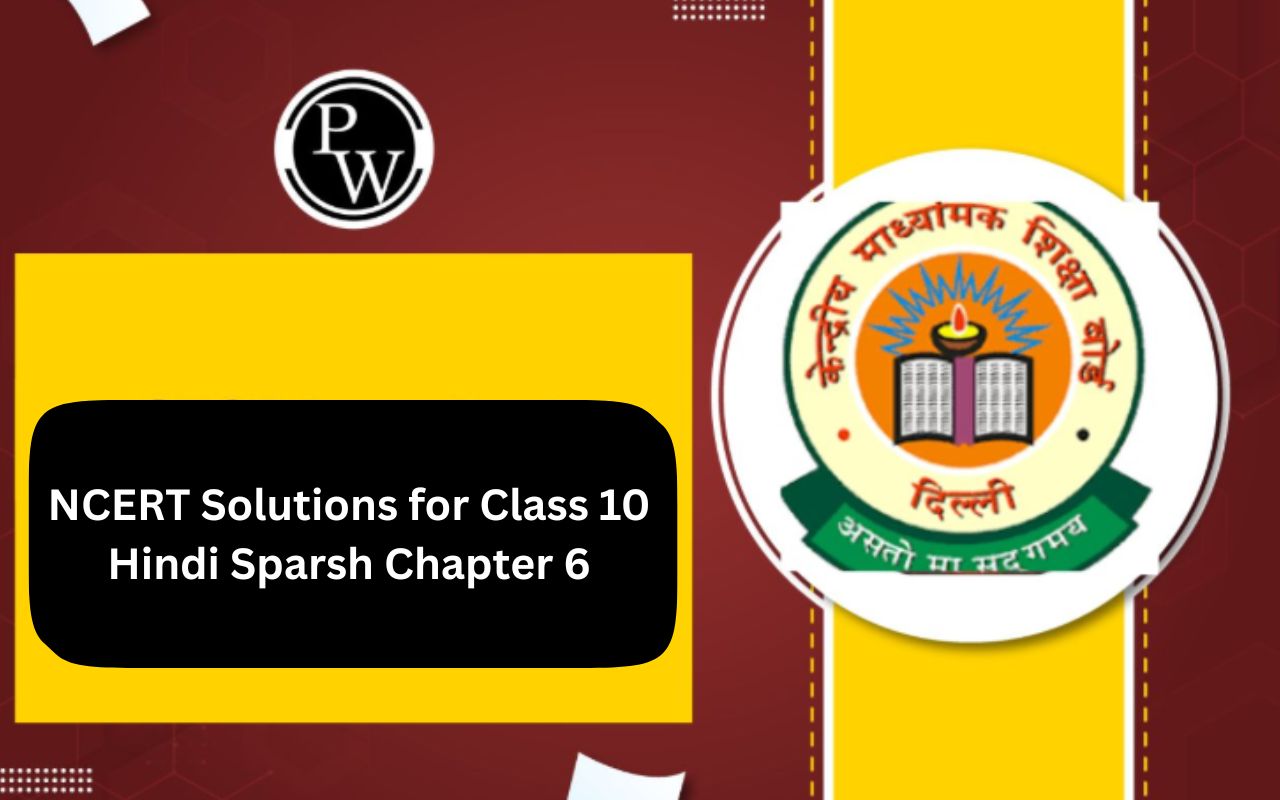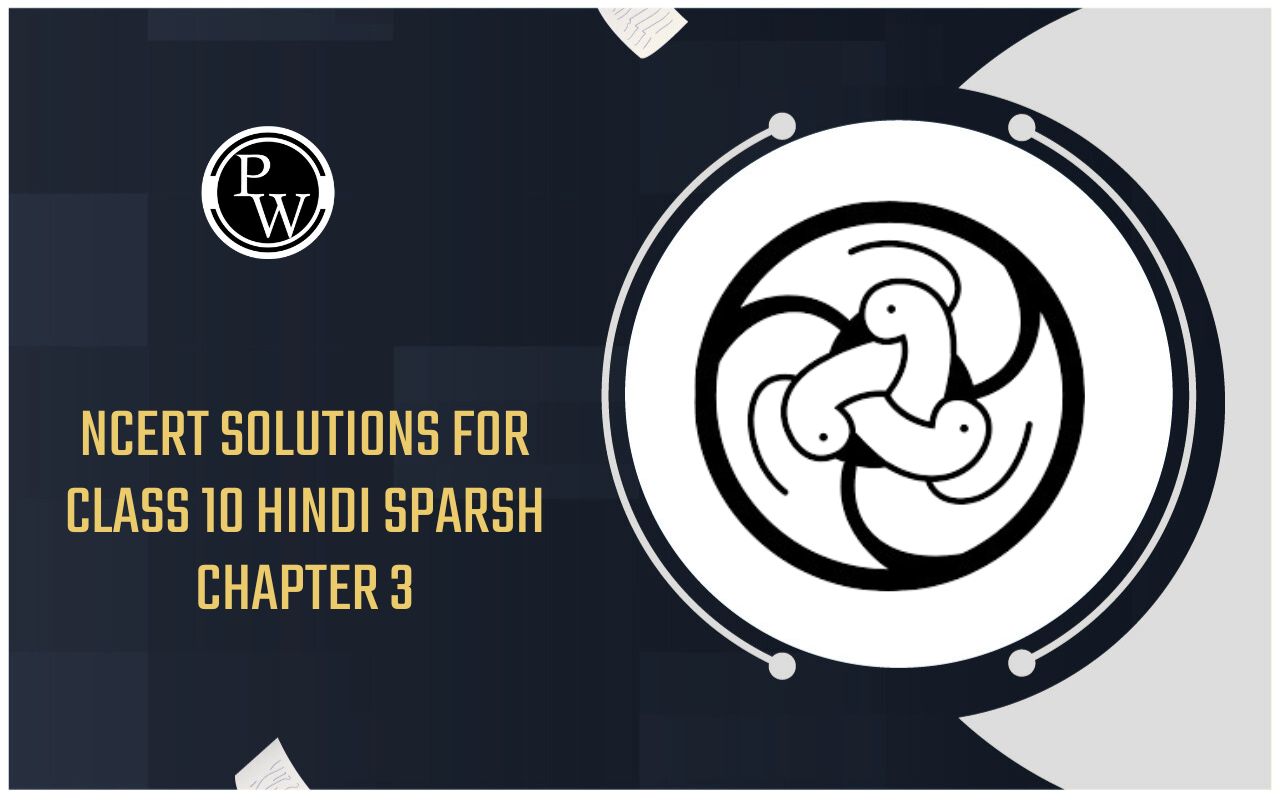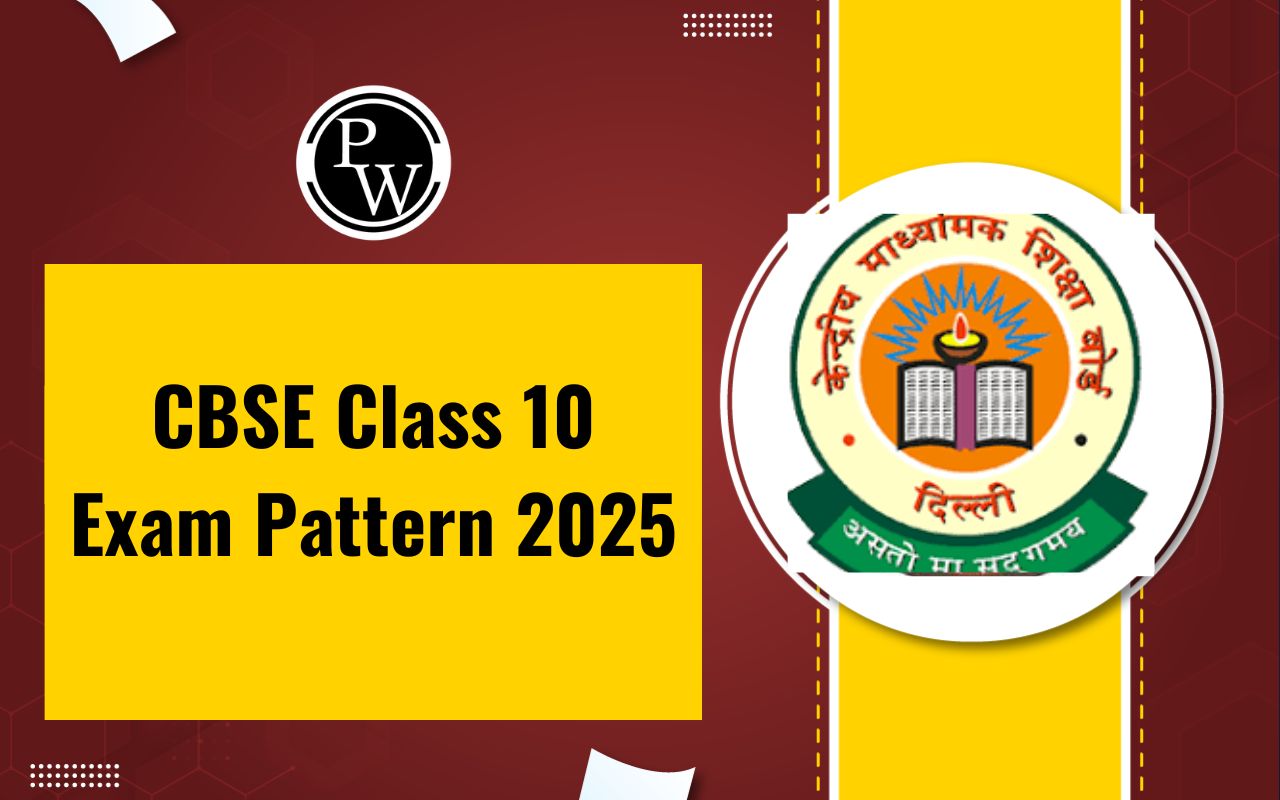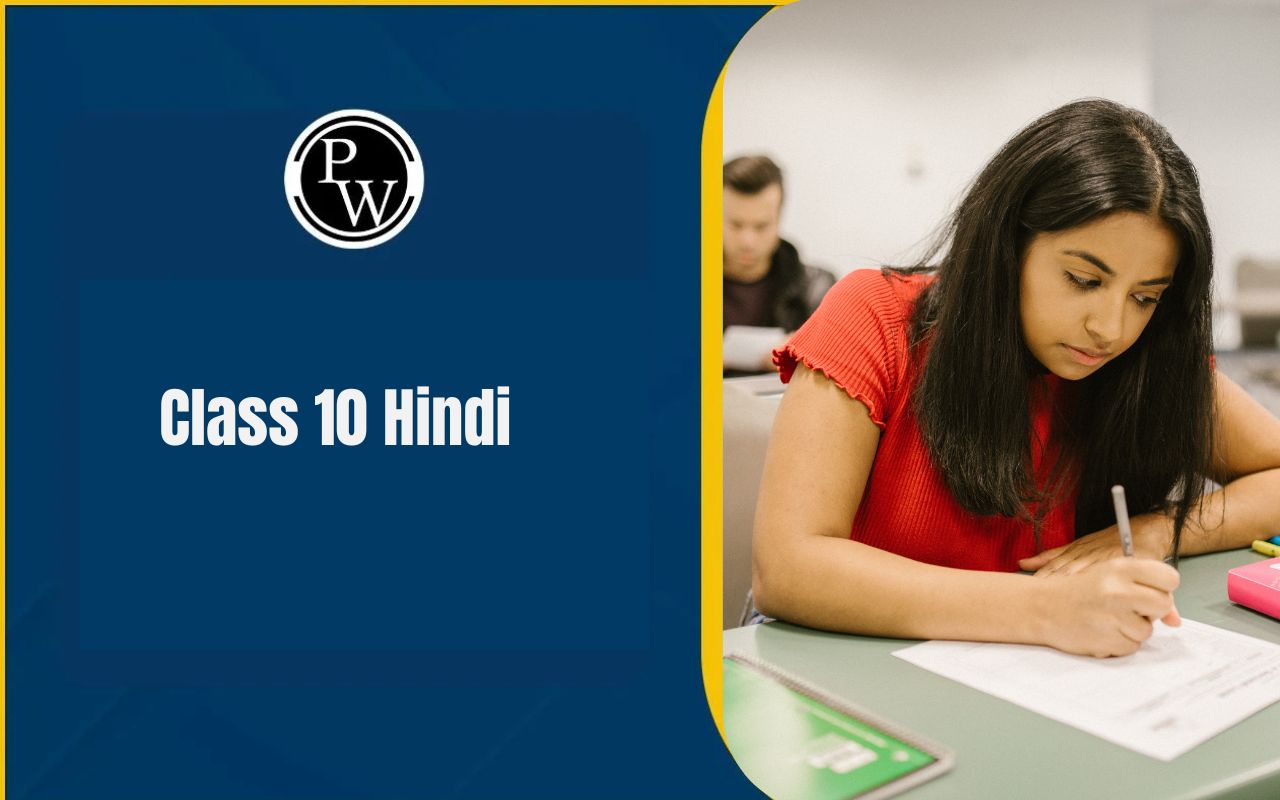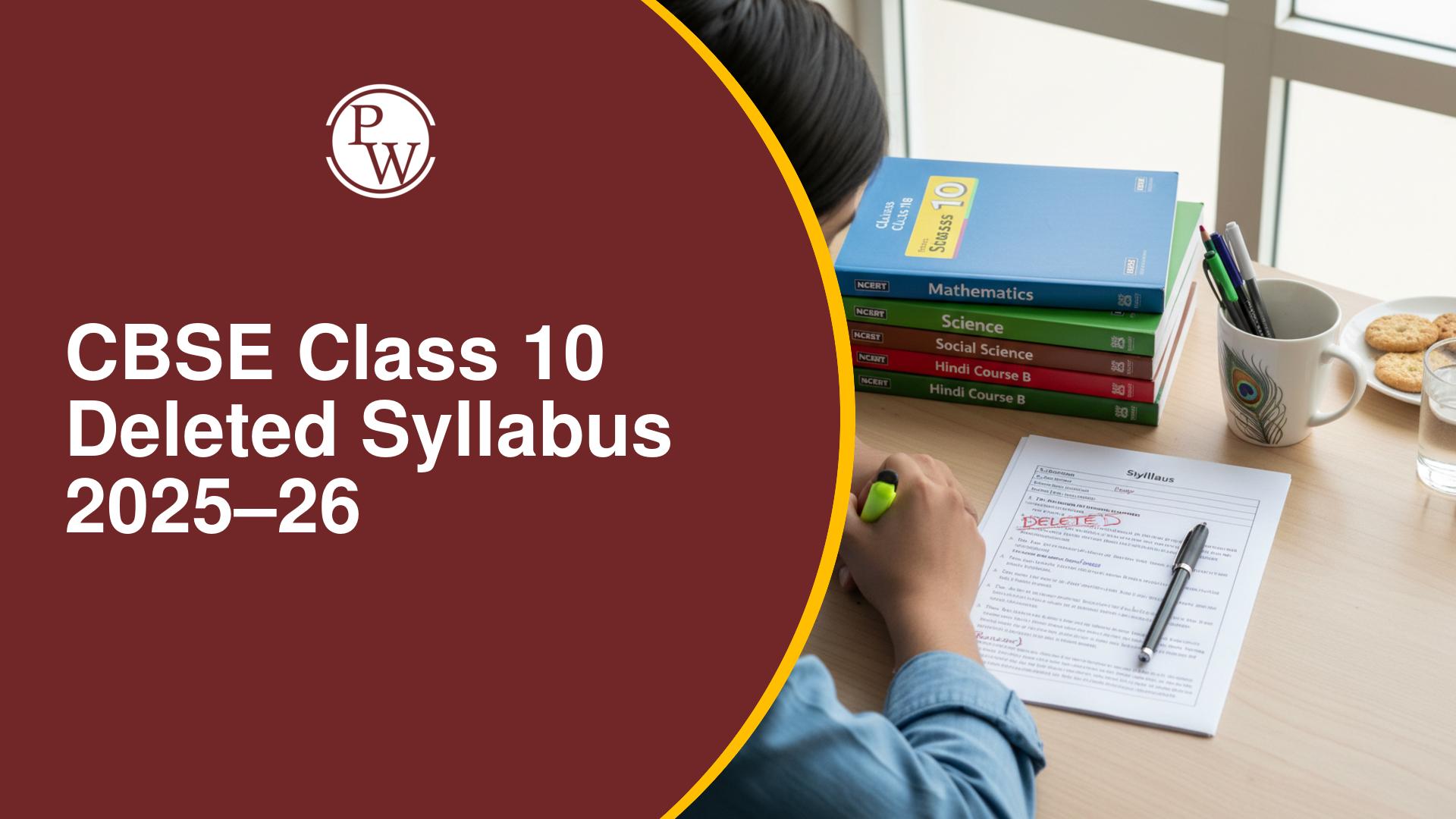
RS Aggarwal Solutions for Class 10 Maths Chapter 19 Exercise 19.1: The Physics Wallah academic team has produced a comprehensive answer for Chapter 19 Volume and Surface Area of Solids in the RS Aggarwal class 10 textbook. Complete the NCERT exercise questions and utilise them as a guide. Solutions for Physics Wallah NCERT Class 10 Maths problems in the exercise require assistance to be completed. Class 10 Math NCERT solutions were uploaded by Physics Wallah.
Before reading the RS Aggarwal Solutions for Class 10 Maths Chapter 19 Exercise 19.1, make sure you understand the chapter-19 Volume and Surface Area of Solids. Read the chapter 19 Volume and Surface Area of Solids theory and then attempt to solve all the numerical problems in exercise 19A. The chapter 19 Volume and Surface Area of Solids Exercise-19A solution for RS Aggarwal class 10 is uploaded for reference only; do not copy the solutions.RS Aggarwal Solutions for Class 10 Maths Chapter 19 Exercise 19.1 Volume and Surface Areas of Solids Overview
RS Aggarwal Solutions for Class 10 Maths Chapter 19 Exercise 19.1 focuses on the fundamental concepts of volume and surface areas of solids. This chapter is crucial as it lays the groundwork for understanding three-dimensional geometry and its applications in real-world scenarios. InRS Aggarwal Solutions for Class 10 Maths Chapter 19 Exercise 19.1, students typically start by revisiting the basic definitions and formulas related to calculating the volume and surface area of different solid shapes such as cubes, cuboids, cylinders, cones, and spheres. The exercises are structured to help students grasp these formulas through practical problems that require application and understanding of geometric principles. The chapter emphasizes the importance of understanding the distinction between volume (the amount of space occupied by a solid object) and surface area (the total area that the surface of the object occupies). This understanding is crucial not only for theoretical knowledge but also for practical applications in fields such as architecture, engineering, and everyday problem-solving.RS Aggarwal Solutions for Class 10 Maths Chapter 19 Exercise 19.1 PDF
RS Aggarwal Solutions for Class 10 Maths Chapter 19 Exercise 19.1 provides a comprehensive learning experience that equips students with the necessary knowledge and skills to tackle questions confidently. Here we have provided RS Aggarwal Solutions for Class 10 Maths Chapter 19 Exercise 19.1 for the ease of students so that they can prepare better for their upcoming exams –RS Aggarwal Solutions for Class 10 Maths Chapter 19 Exercise 19.1 PDF
RS Aggarwal Solutions for Class 10 Maths Chapter 19 Exercise 19.1
Below we have provided RS Aggarwal Solutions for Class 10 Maths Chapter 19 Exercise 19.1 for the ease of the students –Q. Two cubes each of volume 27 c m 3 are joined end to end to form a solid. Find the surface area of the resulting cuboid.
 Cylindrical portion:
Radius, r = 2.5 m
Height, h = 21 m
Surface area
=
2
π
r
h
=
2
×
22
7
×
2.5
×
21
=
330
m
2
Conical portion:
Radius, r = 2.5 m
Slant height, l = 8 m
Curved surface area
=
π
r
l
=
22
7
×
2.5
×
8
=
62.86
m
2
Circular top:
Radius = 2.5 m
Area
=
π
r
2
=
22
7
×
2.5
2
=
19.64
m
2
Total surface area of the rocket
=
330
+
62.86
+
19.64
=
412.5
m
2
Cylindrical portion:
Radius, r = 2.5 m
Height, h = 21 m
Surface area
=
2
π
r
h
=
2
×
22
7
×
2.5
×
21
=
330
m
2
Conical portion:
Radius, r = 2.5 m
Slant height, l = 8 m
Curved surface area
=
π
r
l
=
22
7
×
2.5
×
8
=
62.86
m
2
Circular top:
Radius = 2.5 m
Area
=
π
r
2
=
22
7
×
2.5
2
=
19.64
m
2
Total surface area of the rocket
=
330
+
62.86
+
19.64
=
412.5
m
2
 Total height of the solid
=
9.5
c
m
Radius of the cone = Radius of the hemisphere
=
r
=
3.5
c
m
Radius of the hemisphere = height of hemisphere
=
3.5
cm
Height of cone,( h) = total height of the solid - height of the hemisphere
h
=
9.5
−
3.5
=
6
c
m
The volume of the solid = volume of cone + volume of the hemisphere
=
1
3
π
r
2
h
+
2
3
π
r
3
=
1
3
π
r
2
(
h
+
2
r
)
=
1
3
×
22
7
×
3.5
×
3.5
×
(
6
+
2
×
3.5
)
=
1
3
×
22
7
×
3.5
×
3.5
×
(
6
+
7
)
=
1
3
×
22
7
×
3.5
×
3.5
×
(
13
)
=
1
3
×
22
×
.5
×
3.5
×
(
13
)
=
500.5
3
=
166.83
c
m
3
Hence, the volume of the solid is
166.83
c
m
3
Q.
A toy is in the form of a cone of radius 3. 5 cm mounted on a hemisphere of same radius on its circular face. The total height of the toy is 15.5 cm. Find the total surface area of the toy.
Total height of the solid
=
9.5
c
m
Radius of the cone = Radius of the hemisphere
=
r
=
3.5
c
m
Radius of the hemisphere = height of hemisphere
=
3.5
cm
Height of cone,( h) = total height of the solid - height of the hemisphere
h
=
9.5
−
3.5
=
6
c
m
The volume of the solid = volume of cone + volume of the hemisphere
=
1
3
π
r
2
h
+
2
3
π
r
3
=
1
3
π
r
2
(
h
+
2
r
)
=
1
3
×
22
7
×
3.5
×
3.5
×
(
6
+
2
×
3.5
)
=
1
3
×
22
7
×
3.5
×
3.5
×
(
6
+
7
)
=
1
3
×
22
7
×
3.5
×
3.5
×
(
13
)
=
1
3
×
22
×
.5
×
3.5
×
(
13
)
=
500.5
3
=
166.83
c
m
3
Hence, the volume of the solid is
166.83
c
m
3
Q.
A toy is in the form of a cone of radius 3. 5 cm mounted on a hemisphere of same radius on its circular face. The total height of the toy is 15.5 cm. Find the total surface area of the toy.
 Radius of cone = radius of hemisphere, r = 3.5 cm
Height of the cone, h = 15.5 -3.5 = 12 cm
slant height,
l
=
√
r
2
+
h
2
=
√
3.5
2
+
12
2
=
√
12.25
+
144
=
√
156.25
=
12.5
c
m
Total surface area of the toy = CSA of hemisphere + CSA of cone
=
2
π
r
2
+
π
r
l
=
π
r
[
2
r
+
l
]
=
22
7
×
3.5
[
2
×
3.5
+
12.5
]
=
11
[
7
+
12.5
]
=
11
×
19.5
=
214.5
c
m
2
Radius of cone = radius of hemisphere, r = 3.5 cm
Height of the cone, h = 15.5 -3.5 = 12 cm
slant height,
l
=
√
r
2
+
h
2
=
√
3.5
2
+
12
2
=
√
12.25
+
144
=
√
156.25
=
12.5
c
m
Total surface area of the toy = CSA of hemisphere + CSA of cone
=
2
π
r
2
+
π
r
l
=
π
r
[
2
r
+
l
]
=
22
7
×
3.5
[
2
×
3.5
+
12.5
]
=
11
[
7
+
12.5
]
=
11
×
19.5
=
214.5
c
m
2

 Volume of the remaining solid = Volume of cylinder - volume of the cone
Volume of the remaining solid
=
π
r
2
h
−
1
3
π
r
2
h
=
2
3
π
r
2
h
=
2
3
×
3.14
×
(
6
)
2
×
8
=
602.88
c
m
3
Slant height of cone,
A
B
=
√
B
C
2
+
A
C
2
=
√
8
2
+
6
2
=
√
64
+
36
=
10
c
m
Total surface area of the remaining solid = curved surface area of cylinder + area of base of cylinder + curved surface area of cone
=
2
π
r
h
+
π
r
2
+
π
r
l
=
2
π
×
6
×
8
+
π
×
6
2
+
π
×
6
×
10
=
96
π
+
36
π
+
60
π
=
192
π
=
192
×
3.14
=
602.88
c
m
2
Volume of the remaining solid = Volume of cylinder - volume of the cone
Volume of the remaining solid
=
π
r
2
h
−
1
3
π
r
2
h
=
2
3
π
r
2
h
=
2
3
×
3.14
×
(
6
)
2
×
8
=
602.88
c
m
3
Slant height of cone,
A
B
=
√
B
C
2
+
A
C
2
=
√
8
2
+
6
2
=
√
64
+
36
=
10
c
m
Total surface area of the remaining solid = curved surface area of cylinder + area of base of cylinder + curved surface area of cone
=
2
π
r
h
+
π
r
2
+
π
r
l
=
2
π
×
6
×
8
+
π
×
6
2
+
π
×
6
×
10
=
96
π
+
36
π
+
60
π
=
192
π
=
192
×
3.14
=
602.88
c
m
2
Benefits of RS Aggarwal Solutions for Class 10 Maths Chapter 19 Exercise 19.1
RS Aggarwal Solutions for Class 10 Maths Chapter 19 Exercise 19.1 on Volume and Surface Areas of Solids offer several benefits to students:Structured Learning : The solutions provide a structured approach to learning the concepts of volume and surface areas of different solids. Each problem is systematically solved, helping students understand step-by-step how to apply formulas and methods to solve problems.
Clarity and Explanation : The solutions offer clear explanations for each step, making it easier for students to grasp the underlying concepts. This clarity aids in building a strong foundation in geometry, which is essential for higher-level math and real-world applications.
Practice and Application : The exercise provides ample practice problems that cover various types of solids such as cubes, cuboids, cylinders, cones, and spheres. This extensive practice helps reinforce learning and enhances problem-solving skills.
Variety of Problems : RS Aggarwal Solutions include a variety of problems ranging from straightforward calculations to more complex problems involving multiple steps. This variety ensures that students are exposed to different types of scenarios, preparing them to tackle diverse challenges.
Exam Preparation : The solutions are designed to align with the exam pattern and requirements, making them an excellent resource for exam preparation. Students can practice solving problems similar to those that may appear in their exams, thereby boosting their confidence.
RS Aggarwal Solutions for Class 10 Maths Chapter 19 Exercise 19.1 FAQs
Is RS Agarwal enough for class 10 maths?
How many chapters are in class 10 of RS Aggarwal?
Is surface area TSA or CSA?
What is the CSA of a sphere?

